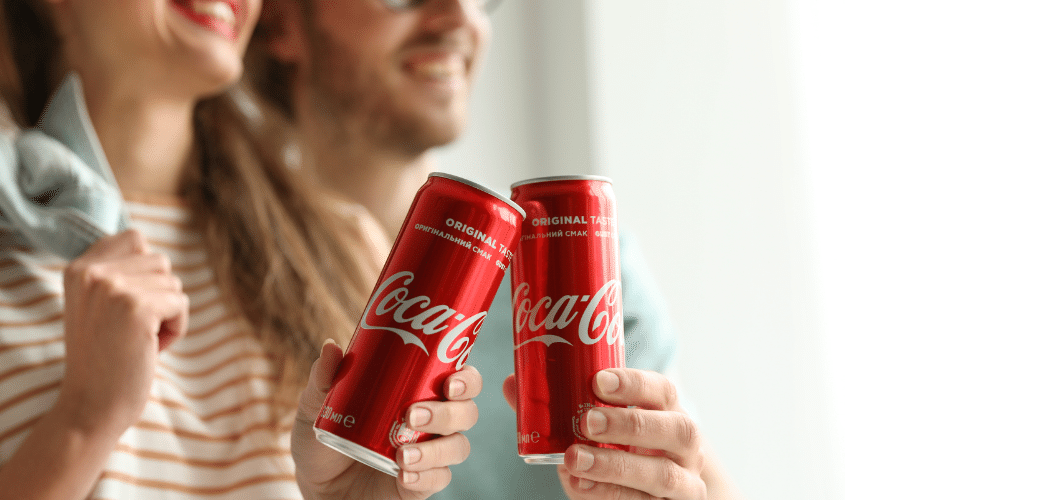Curbside pickup and contactless delivery have surged around the world. Find out how restaurants can evolve from contactless experiences to increased loyalty.
It’s an understatement to say the restaurant industry has been rocked by COVID-19.
Typically relying on dine-in as a primary source of revenue, the pandemic has forced most eateries to quickly shift to alternative revenue streams. From online/mobile ordering to the use of third-party delivery apps, to new menu categories like at-home cocktail kits and family-style meals, restaurants have had to pivot and think creatively about how to engage their guests in a contactless environment.
By: Amy Hunt
But while it’s important for restaurants to quickly adjust to this new reality, they also need to consider that their competitors are doing all the same things. Adding a more human element to help build long-lasting connections through these contactless experiences can help restaurants set themselves apart from the pack.
Contactless ordering, pick-up and delivery
With government-mandated closures, capacity limitations on indoor dining and consumer hesitancy, restaurants are evolving their engagement approach. Placing tables on sidewalks and in parking lots is one solution, but takeout and delivery are the most popular.
- The majority of consumers prefer to order online/through a mobile app and pick up curbside over using a delivery service.*
- Close to 50% of customers across generations are receptive to messages about getting more value for their restaurant spending.*
- 80% of consumers are cooking at home. Between working from home, in-home schooling and other household activities, many are looking for more convenient meal options such as meal kits.*
*Source: Epsilon Consumer Sentiment Report, June 2020
Who’s doing it well?
Dunkin’ is a great example of a retailer that has built contactless loyalty by establishing a safe process for ordering. They promote contactless ordering in their ads, with a CTA to download their app and join their loyalty program. Once customers have downloaded the app, they can choose to continue signing up for the rewards program or order as a guest.
Dunkin’ encourages ongoing contactless engagement:
- Clear steps. The brand provides step-by-step guidelines for ordering digitally. This includes articles and videos showing how simple and safe the process is. The brand has made these resources readily available and promotes them across their website and ads.
- User interface. The app showcases ordering and benefits up front, reinforcing why customers should use the app to place orders.
- Pickup convenience. Dunkin’ added curbside pickup to 1,000 stores that didn’t have drive-thru options. Curbside pickup now represents 2% of all transactions at those stores.
- Delivery expansion. Dunkin’ expanded delivery from 2,000 to 4,000 stores across the country. Customers benefit from contactless convenience, and the brand benefits, too: Delivery orders are showing 3x the average check size.
- Easy reorders. The app allows loyalty members to save their favorites and easily reorder, reducing the time and effort it takes for customers to get their favorite coffee and meal in hand.
“On the safety side we don't look at these as costs. We look at these as investments,” Dunkin’ CEO Dave Hoffmann said during the company’s Q1 earnings call. “Those are investments that we made that we think are going to be critical. ‘Do I feel safe as an employee?’ ‘Do I feel safe as a customer?’ And [the customers are] going to be looking for trusted brands to deliver against that.”
Cooking contactless loyalty into every order
Customers are concerned. They want to enjoy takeout but also want their safety to be accounted for. What can you do?
- Address their concerns head on. Automate customer experience pain points, whether that’s through timeline updates or implementing safety precautions for contactless handoff or delivery.
- Make the handoff as easy as possible. At restaurants with pickup, make sure signage is updated, your employees are educated, and you have the proper resources. If you’re delivering, keep your customers informed with order tracking and real-time delivery updates.
- Show up where your customers need you. Consider the technologies and partnerships you can quickly implement to improve the experience. Bring new ordering methods to the forefront of your site or app. Think about partnering with food delivery apps that have robust services and capabilities that are quick to activate.
Taking these additional steps will ease customers’ minds and show how your brand truly values their time and safety.
As the world is moving increasingly contactless, it’s more important than ever for restaurants to build long-lasting loyalty with their guests. Fortunately, there are a host of existing services that can help restaurants offer safe and convenient ways for customers to enjoy delicious food safely. Adding just a few of these services can help your business compete in a changing world.
Download our e-book on “Contactless Loyalty: Building lasting connections in an increasingly contactless world” to learn more. We define the concept of contactless loyalty, share current consumer trends, and provide four steps to creating contactless loyalty.
Check out our articles on creating contactless loyalty in other industries:
- 4 Tips for Retailers to Create Contactless Loyalty
- How Financial Service Brands Can Build Trust and Loyalty on a Foundation of Contactless Experiences
- For the Travel Industry, the New Destination is Contactless Loyalty
Amy Hunt is Vice President, Strategic Consulting at Epsilon. She is a strategic digital, loyalty marketing/CRM leader experienced in designing, developing and operating diverse, successful customer strategy, management and marketing solutions.




